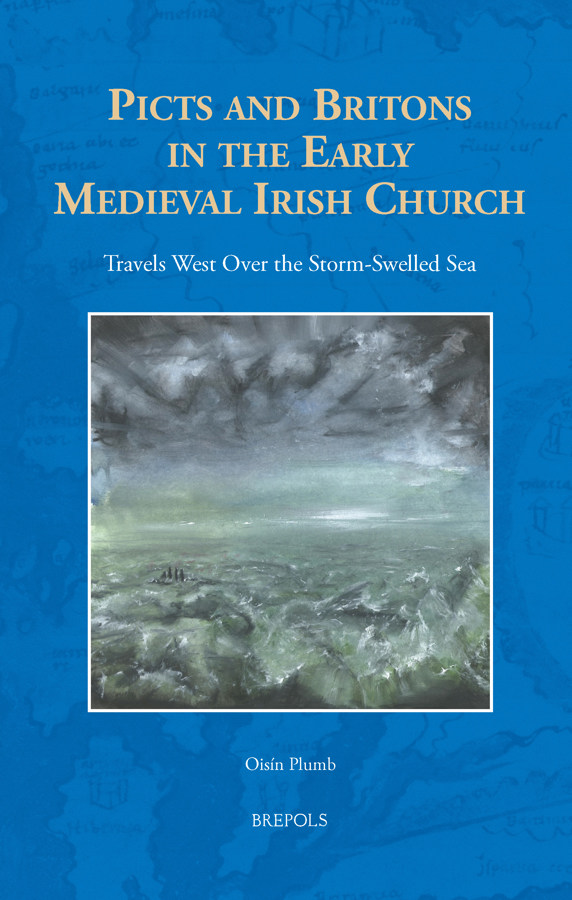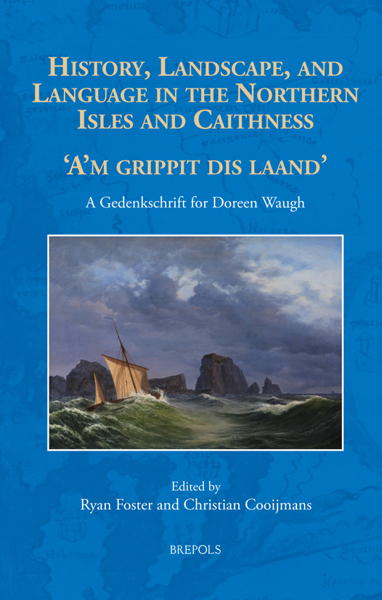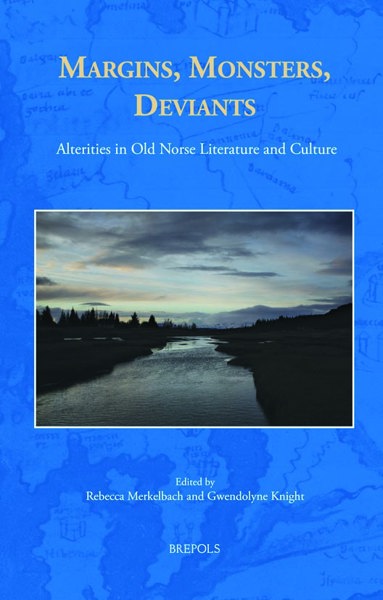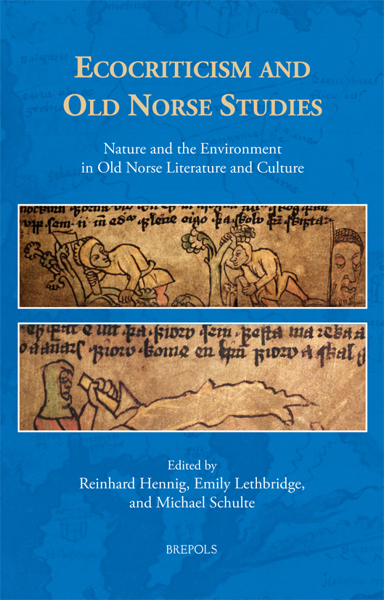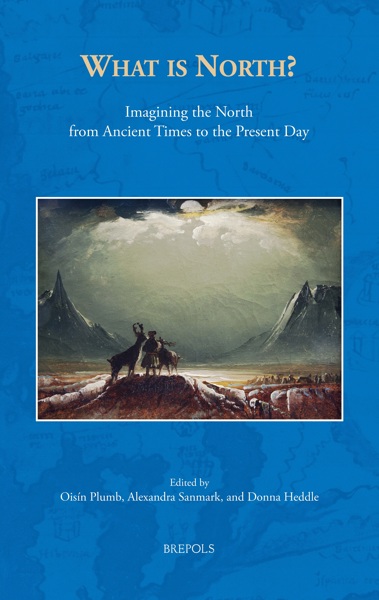
Picts and Britons in the Early Medieval Irish Church
Travels West Over the Storm-Swelled Sea
Oisín Plumb
- Pages: 204 p.
- Size:156 x 234 mm
- Illustrations:5 b/w, 4 tables b/w., 1 maps b/w
- Language(s):English
- Publication Year:2020
- € 60,00 EXCL. VAT RETAIL PRICE
- ISBN: 978-2-503-58347-1
- Hardback
- Available
- € 60,00 EXCL. VAT RETAIL PRICE
- ISBN: 978-2-503-58348-8
- E-book
- Available
A study of the lives and legacy of Picts and Britons in the Irish Church, looking at their impact on early medieval Irish society and how this impact came to be perceived in later centuries.
“Oisín Plumb’s book is an ambitious study looking at migration narrative history between, as the title indicates, the Picts and Britons and the early medieval Irish Church (…) What Plumb deserves much credit for is that his examinations of those threads provides future researchers a much stronger, brighter palette of colorful threads to even better view and understand (reassemble?) that tapestry someday. (Michael T. Martin, in The Medieval Review, 22.01.14)
“(…) the book raises some interesting points, treats problematic evidence cautiously, and may encourage further study.” (Ali Bonner, in Cambrian Medieval Celtic Studies, 82, 2021, p. 74)
“Ultimately, the question is – is Picts and Britons a useful work? The answer must be an emphatic yes, given that it fills an important lacuna within scholarship. The aims of this work have been clearly articulated and met.” (Erica Steiner, in Ceræ: An Australasian Journal of Medieval and Early Modern Studies, 8, 2021, p. 104)
Oisín Plumb is originally from Edinburgh. He completed his PhD in Scottish History at the University of Edinburgh in 2016. He now lives in Orkney, where he is a lecturer at the Institute for Northern Studies at the University of the Highlands and Islands.
Between the fifth and ninth centuries AD, the peoples of Britain, Ireland, and their surrounding islands were constantly interacting — sharing cultures and ideas that shaped and reshaped their communities and the way they lived. The influence of religious figures from Ireland on the development of the Church in Britain was profound, and the fame of monasteries such as Iona, which they established, remains to this day. Yet with the exception of St Patrick, far less attention has been paid to the role of the Britons and Picts who travelled west into Ireland, despite their equally significant impact.
This book aims to redress the balance by offering a detailed exploration of the evidence for British and Pictish men and women in the early medieval Irish Church, and asking what we can piece together of their lives from the often fragmentary sources. It also considers the ways in which writers of later ages viewed these migrants, and examines how the shaping of the ‘migration narrative’ throughout the centuries had a major effect on the way that the earliest centuries of the church came to be viewed in later years in both Scotland and Ireland. In doing so, this volume offers important new insights into our understanding of the relationships between Britain and Ireland in this period.
Chapter 1: Introduction to Migration
Chapter 2: Introduction to the Sources
Chapter 3: The Early Church
Chapter 4: Uinniau
Chapter 5: Seven Brothers
Chapter 6: The Dynamics of Migration
Chapter 7: The Development of the Migration Narrative
Chapter 8: Conclusion
Bibliography
Appendix I: Monenna and Ninian
Appendix II: Midlands locations suggested for the seven brothers based on the poem

